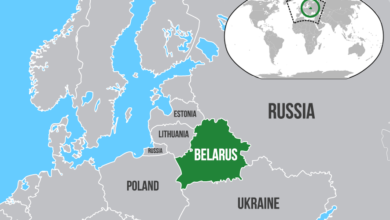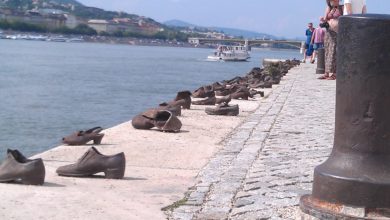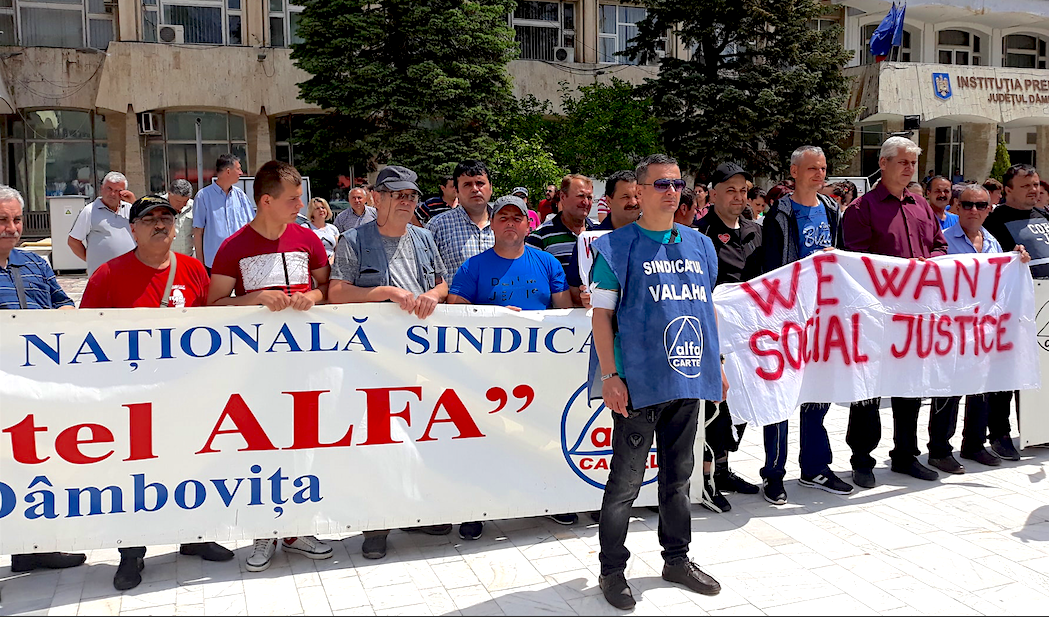Reactionary lawmakers in the former Soviet republic of Lithuania recently passed legislation banning the display of Communist or Nazi symbols. The new law, passed with a 58-to-3 vote, imposes fines and/or imprisonment for the display of the hammer and sickle, the Soviet five-pointed star, Soviet military uniforms or insignia of any kind and other symbols.
|
Moscow described Lithuania’s decision to put the hammer and sickle on an equal footing with the swastika as “blasphemous” and an attempt to rewrite history. Sergei Mirinov, chairman of the Russian parliament’s upper house, called the recent ban on communist symbols, “an insult to Soviet soldiers who died in combat to free the Baltics [from Nazi occupation].”
Lithuania, Latvia and Estonia were liberated from Nazi occupation by the Soviet Red Army. Public opinion in those countries was largely divided among class lines about whether or not to federate with the USSR. The ruling classes, which wanted to orient towards Western imperialism, lost ground during the Soviet liberation and the three Baltic states were incorporated into the USSR at the end of the war.
Official history in the United States, Britain and other imperialist powers glorifies the role of their own countries in the World War II victory over fascism while ignoring the role of the Soviet Union in breaking the back of the Nazi war machine. The Soviet Union sacrificed 27 million people to defeat the Nazi scourge and liberate Europe from fascism.
Moreover, Communist parties in most European countries led the resistance against fascist aggression and occupation during World War II. Following the war, many governments in Eastern Europe were led by Communist parties for almost 60 years.
Since the demise of the socialist bloc, the Eastern European capitalist classes—sections of which have facilitated the plundering of the former Soviet republics by the imperialist countries at the expense of workers and the poor—have tried to equate the symbols of socialism to those of the Nazis.
Fascism is an authoritarian form of capitalism that seeks to rescue a moribund economic and social system through the smashing of all manifestations of working-class organization. Fascist governments carried out occupation and genocide abroad and repression at home in the interests of the capitalists.
Socialism, in its turn, arises from the revolutionary triumph of the working class over its exploiters. Socialist governments—despite any shortcomings—implemented planned economies that provided housing, education, jobs and health care for workers and the poor.
The attempts to equate Nazism to socialism insults not only the workers’ parties but also the many communists who have given their lives to the struggle against exploitation and for a better and brighter future.







